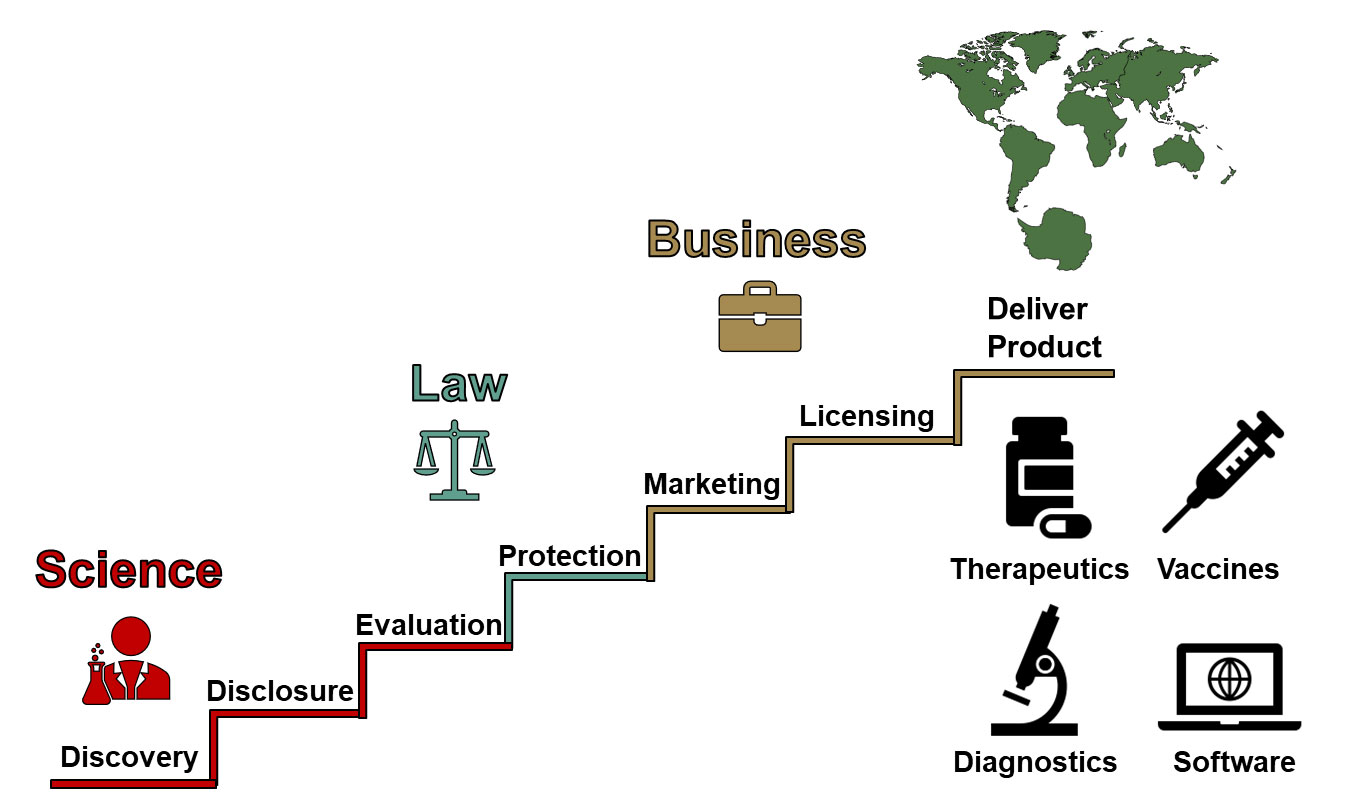Introduction: Greenwashing as an Obstacle to Sustainable Development Goal 12
The practice of “greenwashing,” where companies deceptively market products as environmentally friendly, poses a significant threat to achieving the United Nations’ Sustainable Development Goals (SDGs), particularly SDG 12: Responsible Consumption and Production. This marketing strategy misleads consumers who are increasingly seeking to align their purchasing habits with sustainable values. A 2024 PricewaterhouseCoopers survey indicates that 46% of global consumers are actively purchasing more sustainable products. However, greenwashing exploits this trend, creating a barrier to informed consumer choices and undermining genuine corporate efforts toward sustainability.
Identifying Deceptive Environmental Marketing
Common Greenwashing Tactics and Their Impact on SDGs
The United Nations has identified several tactics that companies use to project a false image of environmental responsibility. These practices directly conflict with the principles of transparency and accountability central to the SDGs.
- Unsubstantiated Claims: Companies often make vague claims like “eco-friendly,” “green,” or “regenerative” without providing verifiable evidence. This lack of transparency directly undermines SDG 12.8, which aims to ensure that people everywhere have the relevant information and awareness for sustainable development and lifestyles.
- Misleading Imagery: The use of nature-based visuals, such as leaves or green packaging, can imply sustainability without any factual basis, deceiving consumers attempting to make responsible choices.
- False Net-Zero Pledges: Claims of achieving “carbon neutrality” are frequently made without a credible strategy to balance greenhouse gas emissions. This tactic misrepresents a company’s contribution to combating climate change, thereby obstructing progress on SDG 13: Climate Action.
- Selective Disclosure: Highlighting a single positive attribute, such as using recycled packaging, while ignoring broader negative impacts like the use of harmful chemicals or unsustainable sourcing, presents an incomplete and misleading picture. This distracts from holistic life-cycle assessments required for true progress on SDG 14 (Life Below Water) and SDG 15 (Life on Land).
Indicators for Consumer Vigilance
To counter greenwashing, consumers must adopt a critical approach to product claims. The following red flags can help identify potentially misleading marketing:
- Overly Vague Terminology: Be wary of terms like “nontoxic” or “green” that are not supported by specific, verifiable details or certifications.
- Absence of Third-Party Verification: Credible sustainability claims are often backed by recognized third-party certifications, such as USDA Organic. The absence of such verification is a significant warning sign.
- Illogical Assertions: Consumers should question claims that seem scientifically improbable, such as an airline declaring itself “carbon-neutral” with current technology.
- Packaging Over Substance: When the environmental claims on the packaging are more prominent than the information about the product itself, it may be a marketing tactic rather than a genuine commitment to sustainability.
Empowering Consumers for Responsible Consumption (SDG 12)
Strategies for Verifying Sustainability Claims
Consumers can take several steps to ensure their purchasing decisions support genuine sustainability, thereby contributing actively to SDG 12.
- Conduct Research: Investigate a company’s overall environmental and social practices through its official reports and independent sources.
- Seek Credible Certifications: Utilize resources like the U.S. Environmental Protection Agency’s (EPA) list of recommended ecolabels, which verify that a product meets specific environmental standards.
- Analyze the Full Product Life Cycle: Consider the environmental impact from raw material extraction to disposal, including packaging, to make a holistic assessment.
- Support Secondhand Markets: Purchasing used goods is an effective way to reduce waste and prevent emissions associated with new production.
Application in the Food and Grocery Sector
The food industry is a key area where greenwashing can obscure practices that are detrimental to both environmental and human health. Deceptive packaging may hide the use of potentially harmful additives and food dyes, undermining SDG 3: Good Health and Well-being. Consumers can use tools like the Environmental Working Group’s (EWG) Food Scores to see beyond marketing claims and understand the true nature of food ingredients. Whenever possible, purchasing directly from local producers at farmers markets allows for direct communication about growing practices, fostering the transparency needed for responsible consumption.
Regulatory Frameworks and Corporate Accountability
The Role of Governance in Achieving SDG Targets
Effective governance is crucial for holding corporations accountable and achieving SDG targets. In the United States, the Federal Trade Commission’s (FTC) Green Guides provide marketers with guidance on avoiding deceptive environmental claims. However, the lack of strong legal enforcement creates a regulatory gap. This highlights a challenge for SDG 17: Partnerships for the Goals, which calls for effective public-private partnerships and robust institutional frameworks to ensure corporate accountability and protect consumers from fraudulent practices.
Case Studies in Corporate Misconduct
Several well-known brands have faced legal and financial consequences for greenwashing. For instance, Keurig Dr Pepper settled charges with the U.S. Securities and Exchange Commission for labeling its K-Cup pods as recyclable when they were not accepted by most recycling facilities. Such cases demonstrate a failure in corporate responsibility, as outlined in SDG 12.6, which encourages companies to adopt sustainable practices and integrate sustainability information into their reporting. The resulting waste directly impacts environmental health, affecting progress on SDG 14 and SDG 15.
Conclusion: The Individual’s Role in Advancing the 2030 Agenda
In an environment of shifting regulations, the responsibility increasingly falls on individuals to make informed and conscious consumption choices. While systemic change is necessary, consumer actions are a powerful driver for corporate accountability. By critically evaluating product claims, seeking verifiable information, and supporting genuinely sustainable businesses, consumers can reject greenwashing and direct capital toward practices that align with the Sustainable Development Goals. Every purchasing decision is an opportunity to contribute to a more sustainable and equitable future, demonstrating that individual agency is a vital component in achieving the 2030 Agenda.
SDGs Addressed in the Article
-
SDG 12: Responsible Consumption and Production
- The article’s central theme is “greenwashing,” a practice that directly misleads consumers trying to make responsible purchasing decisions. It discusses the growing market for sustainable products, the need for consumers to make informed choices, corporate responsibility in product labeling, and the importance of reducing waste through recycling and considering a product’s entire life cycle.
-
SDG 13: Climate Action
- The article connects greenwashing to the broader climate crisis, stating that the practice promotes “false, distracting solutions to the climate crisis.” It also discusses corporate claims related to climate action, such as being “net-zero” or “carbon-neutral,” and encourages consumers to critically evaluate these claims.
-
SDG 3: Good Health and Well-being
- The article touches upon health by highlighting how greenwashing can obscure the presence of harmful substances in products. It mentions that deceptive packaging can “cover up ingredients linked to serious health harms,” citing examples like “pesticide-laced oats,” “antibiotic use” in meat, and “potentially harmful additives like food dyes.”
-
SDG 16: Peace, Justice and Strong Institutions
- The article examines the role and effectiveness of regulatory bodies. It specifically discusses the Federal Trade Commission’s (FTC) “Green Guides,” noting there is a “lack of strong legal enforcement for them and federal oversight beyond that guidance.” This points to a need for more effective and transparent institutions to protect consumers from deceptive practices.
Specific SDG Targets Identified
-
SDG 12: Responsible Consumption and Production
- Target 12.8: By 2030, ensure that people everywhere have the relevant information and awareness for sustainable development and lifestyles in harmony with nature. The article is dedicated to this target by educating consumers on how to spot greenwashing, identify “red flags,” and use resources like the EPA’s ecolabels and the Environmental Working Group’s Food Scores to make informed decisions.
- Target 12.6: Encourage companies, especially large and transnational companies, to adopt sustainable practices and to integrate sustainability information into their reporting cycle. The article discusses the need for companies to provide verifiable information, such as details about their supply chain, and highlights the consequences for companies like Keurig Dr Pepper that make misleading sustainability claims.
- Target 12.5: By 2030, substantially reduce waste generation through prevention, reduction, recycling and reuse. This is addressed through the discussion of product recyclability (K-Cup pods), preventing “landfill waste,” and the suggestion to “buy secondhand goods.”
- Target 12.2: By 2030, achieve the sustainable management and efficient use of natural resources. The article supports this by advising consumers to “consider a product’s entire life cycle — from the extraction of raw materials to its disposal.”
-
SDG 13: Climate Action
- Target 13.3: Improve education, awareness-raising and human and institutional capacity on climate change mitigation. The article directly contributes to this by explaining how greenwashing tactics, like unsubstantiated “net-zero” claims, mislead the public and distract from genuine climate solutions, thereby raising consumer awareness.
-
SDG 3: Good Health and Well-being
- Target 3.9: By 2030, substantially reduce the number of deaths and illnesses from hazardous chemicals and air, water and soil pollution and contamination. The article links to this target by warning consumers about products that use green claims to hide “toxic chemicals and pollutants” and ingredients like “pesticide-laced oats” and “harmful additives.”
-
SDG 16: Peace, Justice and Strong Institutions
- Target 16.6: Develop effective, accountable and transparent institutions at all levels. The article analyzes the effectiveness of the FTC, noting its “Green Guides” are “just that, guides and not rules or regulations,” which points to a gap in institutional accountability. It also mentions that consumers can file complaints on the FTC’s website, a mechanism for institutional responsiveness.
Indicators for Measuring Progress
-
SDG 12: Responsible Consumption and Production
- Indicator for Target 12.8: The percentage of consumers actively trying to purchase sustainably. The article cites a “2024 PricewaterhouseCoopers survey” where “Forty-six percent of people said they are purchasing more sustainable products.”
- Indicator for Target 12.6: The use of credible, third-party certifications on products. The article explicitly suggests looking for “a trusted certification, like USDA (US Department of Agriculture) organic” or ecolabels recommended by the US Environmental Protection Agency as proof of a company’s claims.
- Indicator for Target 12.5: The actual recyclability of products versus claimed recyclability. The case of Keurig Dr Pepper’s K-Cup pods, which were labeled “recyclable” but rejected by recycling facilities, serves as a specific, measurable example.
-
SDG 13: Climate Action
- Indicator for Target 13.3: Consumer ability to critically assess corporate climate claims. The article implies this can be measured by whether consumers question claims that “defy logic,” such as asking, “Can an airline at this point in time really be carbon-neutral?”
-
SDG 3: Good Health and Well-being
- Indicator for Target 3.9: The presence of harmful substances in consumer goods. The article suggests this can be tracked by checking ingredient lists for “potentially harmful additives like food dyes” or being aware of production methods that use “pesticide-laced oats” or “antibiotic use” in meat.
-
SDG 16: Peace, Justice and Strong Institutions
- Indicator for Target 16.6: The legal enforceability of environmental marketing guidelines. The article indicates a weakness by stating the FTC’s Green Guides are “not rules or regulations,” although they are “enforceable under Section 5 of the FTC Act.” The number of consumer complaints filed on the FTC website is another implied indicator of institutional engagement.
Summary Table: SDGs, Targets, and Indicators
| SDGs | Targets | Indicators |
|---|---|---|
| SDG 12: Responsible Consumption and Production |
12.8: Ensure people have relevant information and awareness for sustainable lifestyles.
12.6: Encourage companies to adopt sustainable practices and reporting. 12.5: Substantially reduce waste generation. |
Percentage of consumers purchasing sustainable products (e.g., “46% of people” from PwC survey).
Presence of credible third-party certifications (e.g., USDA organic, EPA ecolabels) on products. Actual vs. claimed recyclability of products (e.g., K-Cup pods); prevalence of secondhand purchasing. |
| SDG 13: Climate Action | 13.3: Improve education and awareness-raising on climate change mitigation. | Consumer ability to critically assess corporate climate claims (e.g., questioning if a “carbon-neutral airline” is possible). |
| SDG 3: Good Health and Well-being | 3.9: Substantially reduce illnesses from hazardous chemicals and pollution. | Presence of harmful substances in products, identified by checking ingredient lists for “harmful additives” or “pesticide-laced oats.” |
| SDG 16: Peace, Justice and Strong Institutions | 16.6: Develop effective, accountable, and transparent institutions. | Legal status and enforceability of environmental marketing guidelines (e.g., FTC’s Green Guides being “guides and not rules”). |
Source: cnn.com







